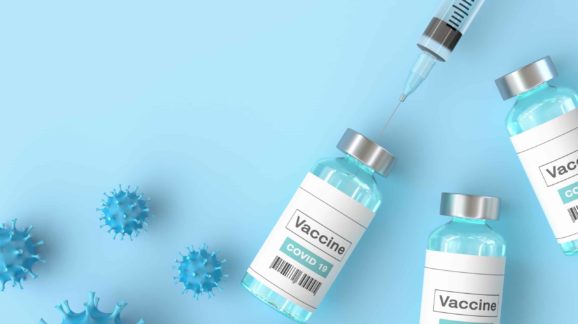Safety Cannot Be the Only Goal
Pausing the J&J vaccine was a damaging failure to balance costs and benefits.
It’s been a week since the FDA and CDC lifted their pause on the use of Johnson & Johnson’s Covid-19 vaccine. The pause lasted only 11 days, but the damage has been done. The move destroyed public confidence not only in what could have been an important vaccination tool both at home and abroad, but possibly also in the entire vaccination endeavor. What were they thinking?
In imposing and then lifting the pause, both the CDC and FDA leadership stressed that safety was their priority. Unfortunately, that priority crowded out all other considerations, especially the particular benefits of the J&J vaccine. Everyone acknowledged that the health complications in question were extremely rare: blood clots in the brain (cerebral venous sinus thrombosis, or CVST) coupled with low platelet counts in six vaccine recipients (later upped to 15) out of more than 7 million doses administered. But in their zeal to protect the public, the agencies became practitioners of the precautionary principle.
The precautionary principle has its origins in environmental decision-making and regulations of the 1980s and 1990s. While it has many different formulations, its central tenets are that, in the face of uncertainty, we should take preventive action to limit harmful impacts of a proposed action, and that the proponent of the action bears the burden of proving its safety. In the context of medicine, the precautionary principle demands that we should restrict new drugs and treatments if there is uncertainty about harmful side effects.
Decision-makers applying the precautionary principle are particularly concerned about the irreversible results of their decisions, particularly deaths and permanent disability. Sometimes, we can postpone a decision until we have better information about the costs and benefits of an action. As environmental-economics literature has pointed out, there is an option value in delaying a decision that could carry irreversible costs, if we expect to receive additional information in the future.
Yet there is also a cost to deferring a decision: the forgone benefit over the time that the decision has been deferred, which needs to be balanced against the benefit of the improved decision. And just as costs can be irreversible, so too can forgone benefits. The J&J vaccine pause provides a good example.
J&J’s is the only Covid-19 vaccine available that can be given in a single dose. It is also transported and stored in regular refrigerators, in contrast to the ultra-cold freezers needed for the Pfizer and Moderna vaccines. These attributes make it the vaccine of choice for hard-to-reach populations like the homebound, the elderly, and rural residents who might otherwise go unvaccinated.
During the pause, many among these groups had to forgo the benefit of being vaccinated. Some undoubtedly contracted Covid-19. Some will likely go on to die—an irreversible cost. In addition, the pause undermined public confidence in the J&J vaccine, and possibly Covid-19 vaccines in general, which could result in many people skipping vaccination and thus additional infections, illnesses, and deaths.
An Economist/YouGov poll on perceptions of vaccine safety found that belief in the safety of the J&J vaccine plunged from 52 percent to 37 percent immediately after the April 13 pause, while belief that the vaccine was unsafe rose by half, from 26 percent to 39 percent. The latest poll by the same group, conducted two weeks after the pause began and a few days after it was lifted, found that public belief in the J&J vaccine’s safety has only partly recovered. Moreover, in the two weeks since the pause, daily vaccinations in the U.S. for all Covid-19 vaccines have fallen by 20 percent.
Read the full article at City Journal.
